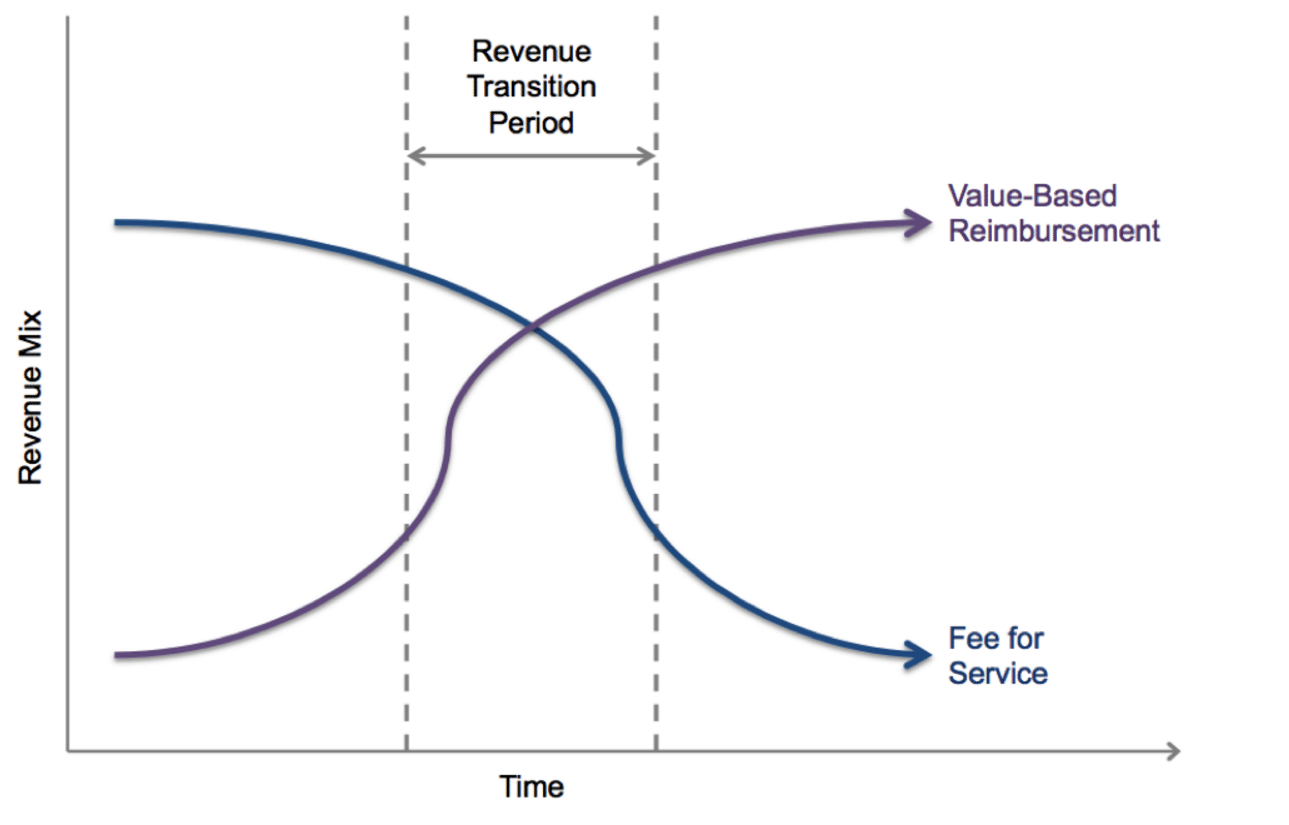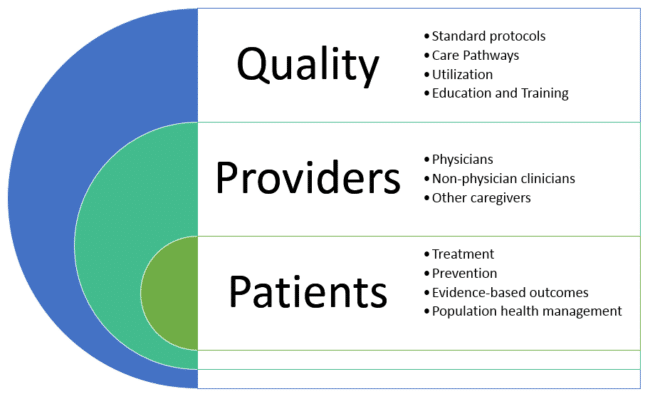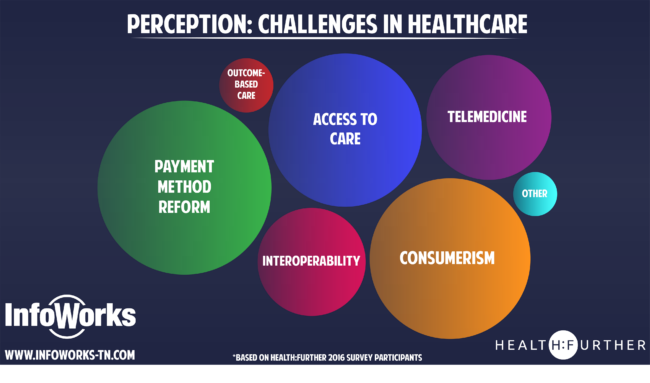It would be hard to find two topics that were discussed more in 2016 than value-based healthcare and the rising cost of pharmaceuticals. For many of us, these topics represent the two largest disruptions to a market that we have seen in our lifetime. As a person that strongly believes in disruption, I saw it fitting to write about both of these in the same blog post. Why not?
I often find myself uttering the phrase “I am an agile guy.” When I get a blank stare from the person I am talking to the next phrase usually goes something like this, “I believe in the concept of, if you are going to fail, fail fast.” In other words, don’t spend all of your time thinking; give it a try and then iterate. To address value in both healthcare and pharmaceuticals, we are asking two major industries to slow down. How can that possibly be a good thing?
Let’s think for a minute about how these two industries generate revenue starting with the hospital revenue cycle. A standard fee for service contract, in general terms, says that for every treatment you perform I will pay you a percentage of what you bill. From a revenue perspective it is simple, do more and get paid more. We see the same type of model in pharmacies The more scripts you can ship; the more money you make. Both payment methodologies promote the model that the more you do, the more you will get paid.

In my opinion, adding in value-based contracts to the hospital revenue cycle means that the industry is going to have to understand cost much better than it has in the past, and that the workflow at a procedure level will have to be studied to understand where mistakes are being made. If you can do both, you can maintain a high level of productivity and keep quality metrics where you need them to be. That is the desired state, but what about during the transition period? The period of time where fee for service is migrating to value-based contracts. How do you survive this period so that you can thrive in the future? The answer might actually be to take a page from the pharmacy playbook.
I had the pleasure of doing an engagement with a mail-order pharmacy recently where volume is the key to success. Surprised? You shouldn’t be. For the
business to be profitable, due to the small margins, every step in the process must be analyzed. From the front-end technician that receives the order, to the
fulfillment clerk that is pulling the medication, to the pharmacist that is reviewing the medication, to the pharmacist that validates the medication is the correct one that was ordered, and finally to the shipping process where techs are making sure the medications are being sent to the right facility. Interrupt any one of  these processes and there is money lost. This business model is set up to take on value-based analysis because the process is already lean from a workflow prospective. All costs have been taken into account to ensure that every cent in the process is accounted for. No waste. Value can be given to the customer in the form of cost savings without risking the health of the business. For example, if tomorrow a study comes out that prescribing 80 mg of statins to post heart attack males is too much and the recommended dose drops to 40 mg, that will reduce the script volume for the pharmacy by ½ but also reduce pharmacy spend on the provider by the same number, plus the markup of course. There is no transitional period to make up for the reduction in revenue, but by providing more value and better outcomes to the customer base the business still grows by either being able to charge more or by adding new customers.
these processes and there is money lost. This business model is set up to take on value-based analysis because the process is already lean from a workflow prospective. All costs have been taken into account to ensure that every cent in the process is accounted for. No waste. Value can be given to the customer in the form of cost savings without risking the health of the business. For example, if tomorrow a study comes out that prescribing 80 mg of statins to post heart attack males is too much and the recommended dose drops to 40 mg, that will reduce the script volume for the pharmacy by ½ but also reduce pharmacy spend on the provider by the same number, plus the markup of course. There is no transitional period to make up for the reduction in revenue, but by providing more value and better outcomes to the customer base the business still grows by either being able to charge more or by adding new customers.
According to a recent report by federal health officials, prescription-drug spending rose 12.6% in 2014, the latest year for which data are available, and it is expected to rise 7.3% per year through 2018.
Marilyn Tavenner, Chief Executive of America’s Health Insurance Plans, a trade group, and a former administrator of the Centers for Medicare and Medicaid Services, spoke on the subject stating, “We need to fundamentally address the underlying prices being charged for these medications, and assess whether these prices reflect the true value to patients and the health system. That is why you see health plans doing everything they can to make sure patients are getting the treatments they need, and looking at more value-based payment arrangements that link price to improved
patient outcomes.” Sounds familiar to the value-based discussions going on with the hospital revenue cycle. Problems will arise if we don’t restructure our costs, whether that be through denial management, process changes, better negotiation of contract  terms, or simply using the most cost effective devices. Providing better quality will only take away from the underlying profits being made on volume. We know two things for certain in both markets, consumer dollars are there and they will continue to rise, but if we can’t prove value or provide proper outcome, these same consumers will seek care elsewhere and find alternate sources of medication.
terms, or simply using the most cost effective devices. Providing better quality will only take away from the underlying profits being made on volume. We know two things for certain in both markets, consumer dollars are there and they will continue to rise, but if we can’t prove value or provide proper outcome, these same consumers will seek care elsewhere and find alternate sources of medication.
As consumers, we demand value from what we are purchasing. As the consumer spend in healthcare reaches 20% of overall revenue, we reach a critical cross road. The transition period does not have to be devastating but without the same “cost squeezing” analysis that has taken place in the pharmacy market, the revenue cycle will be forced to hold tight to the volume-based model. If you take the initiative to restructure and analyze every step in the process, the transition period will shorten and your organization will be better prepared to thrive in the value-based model.





